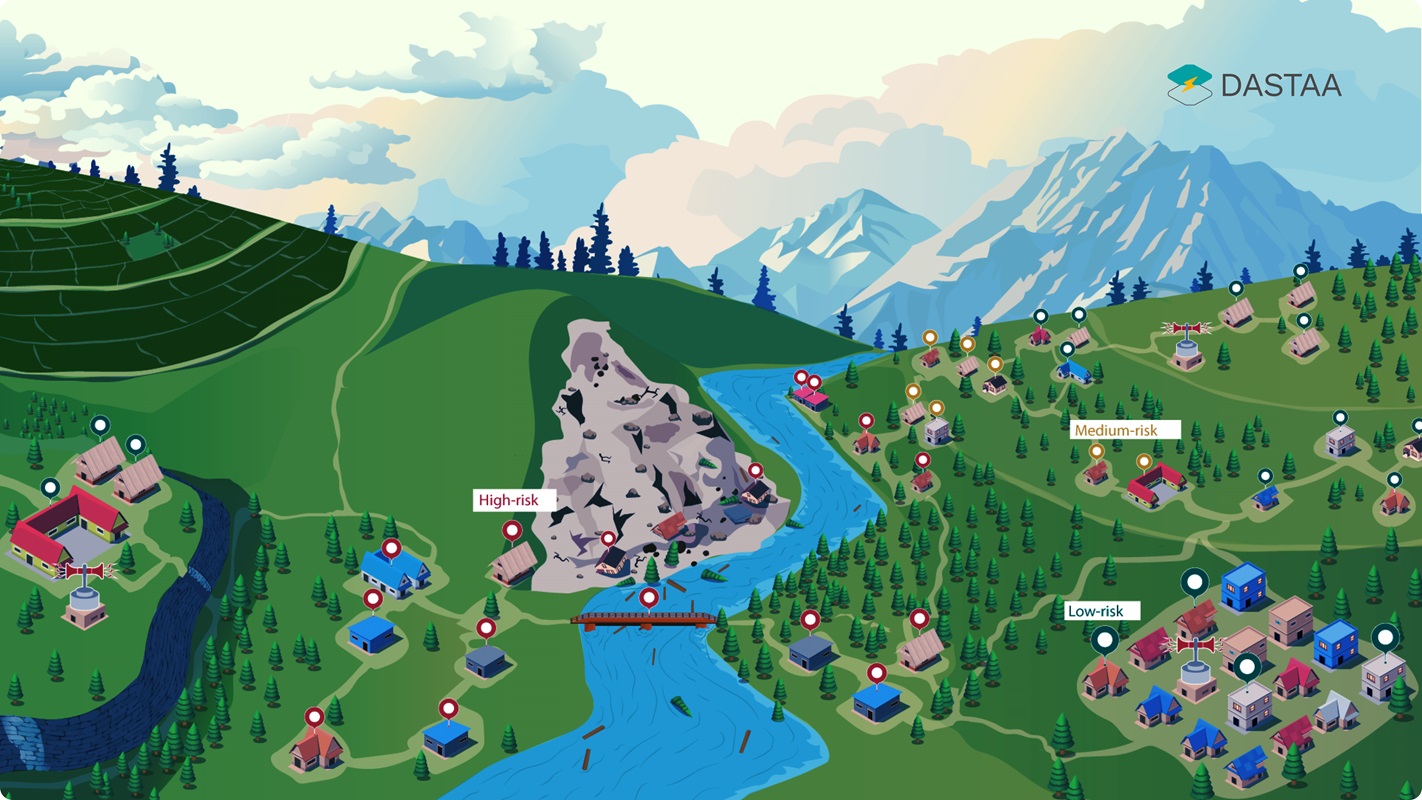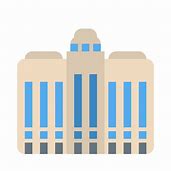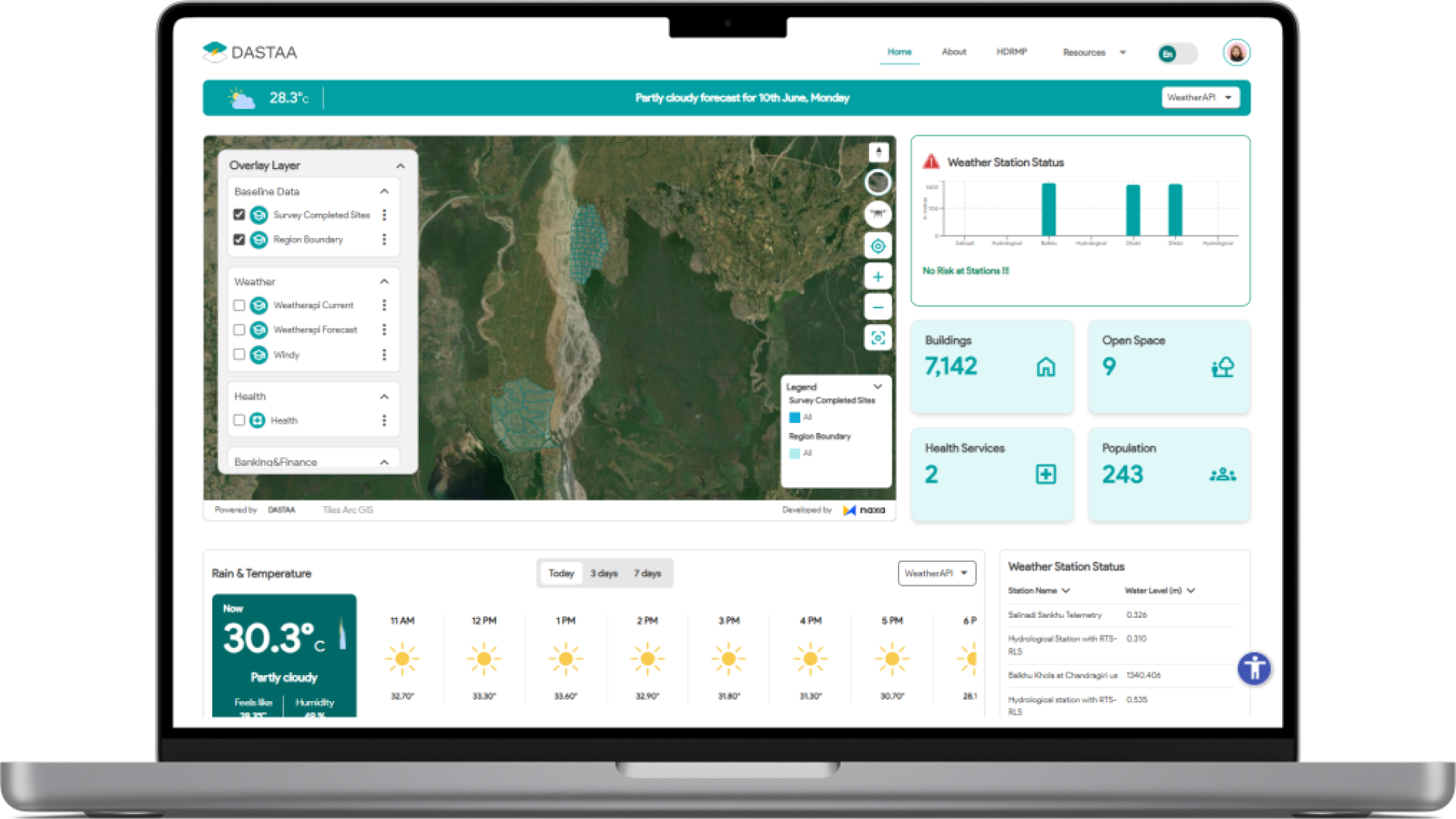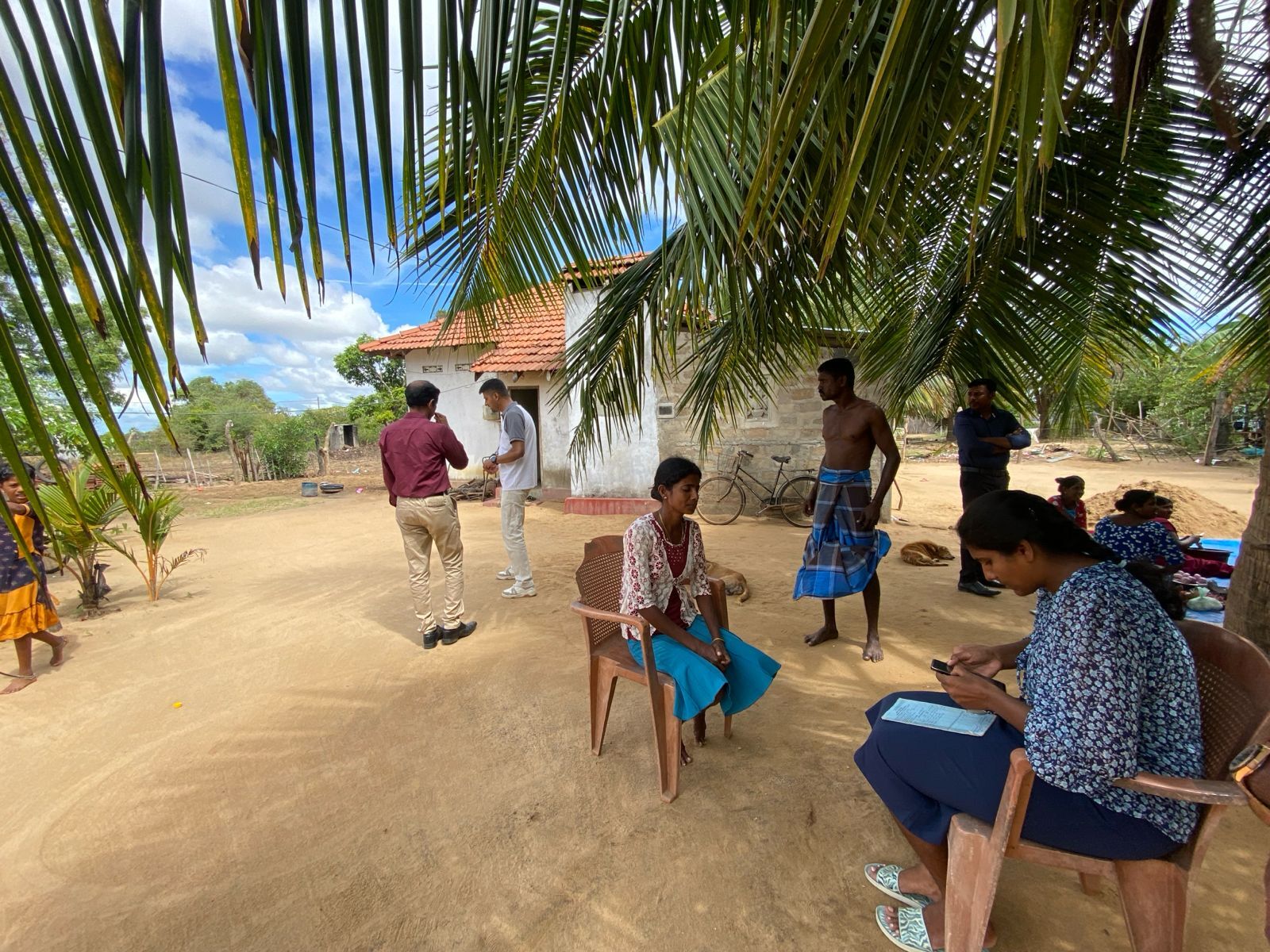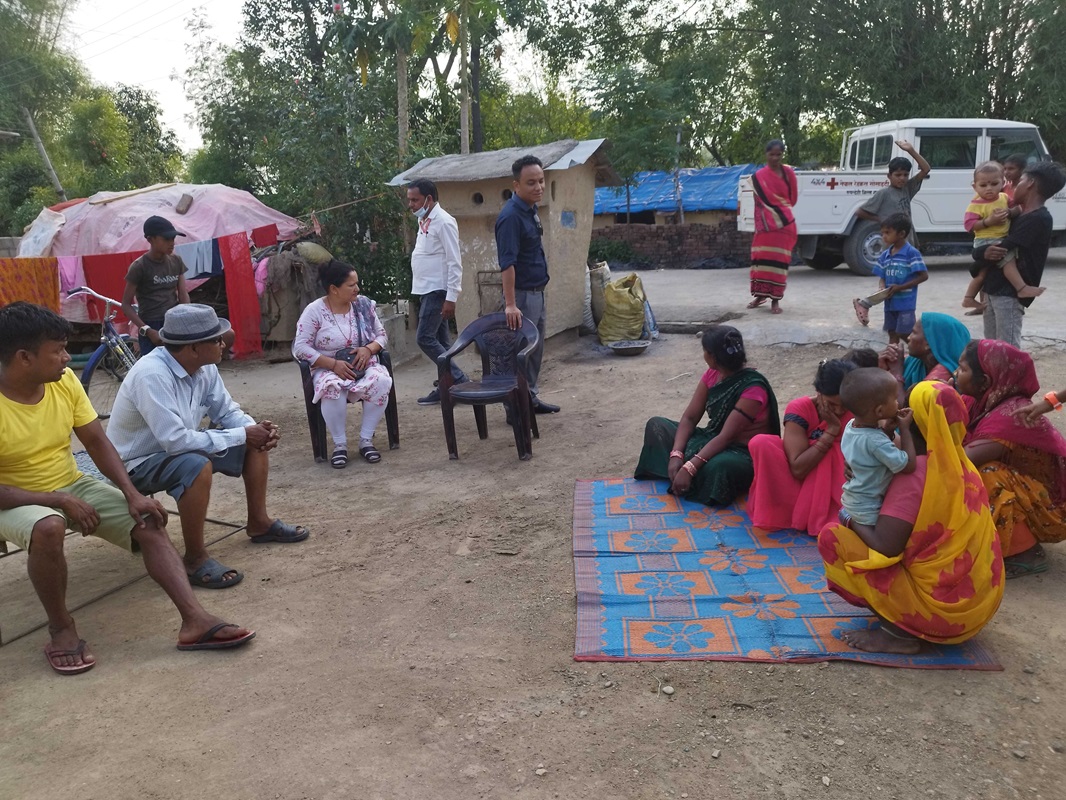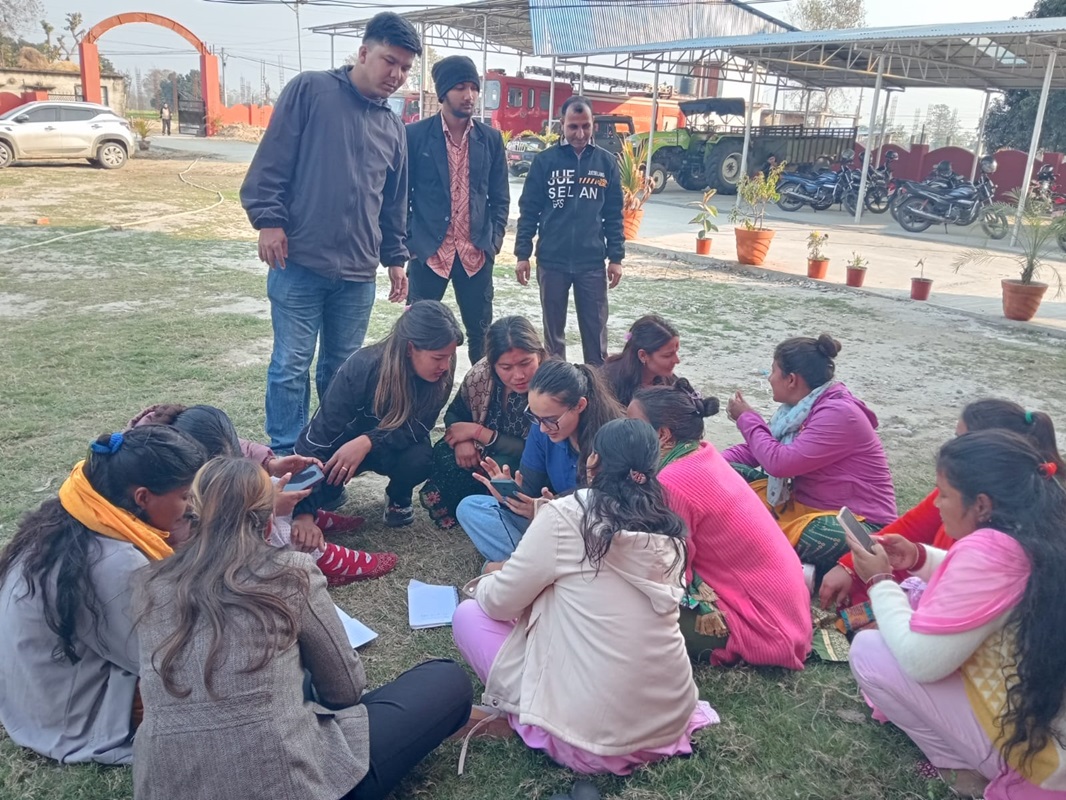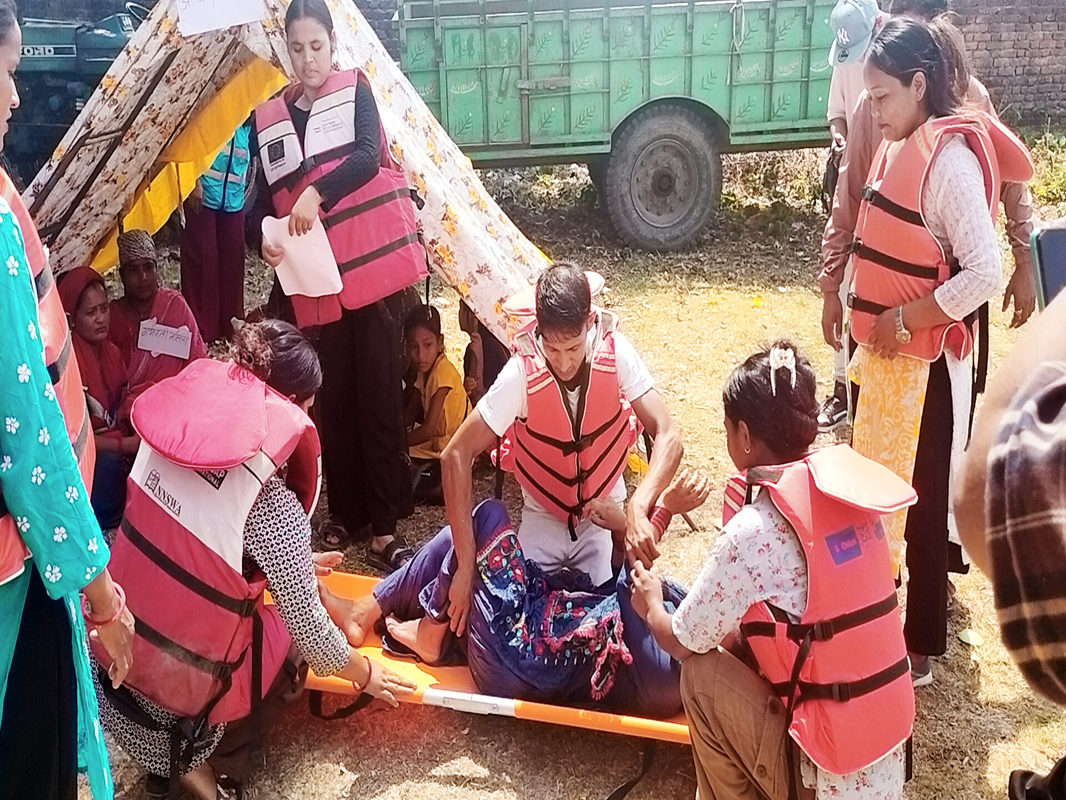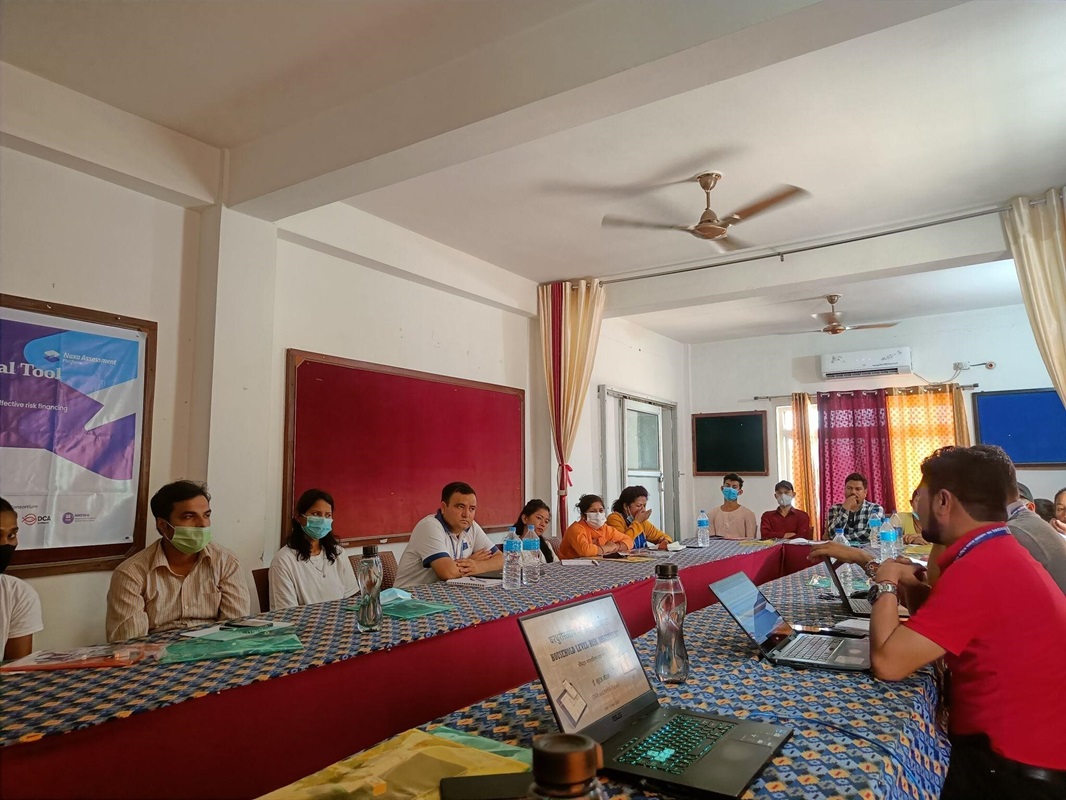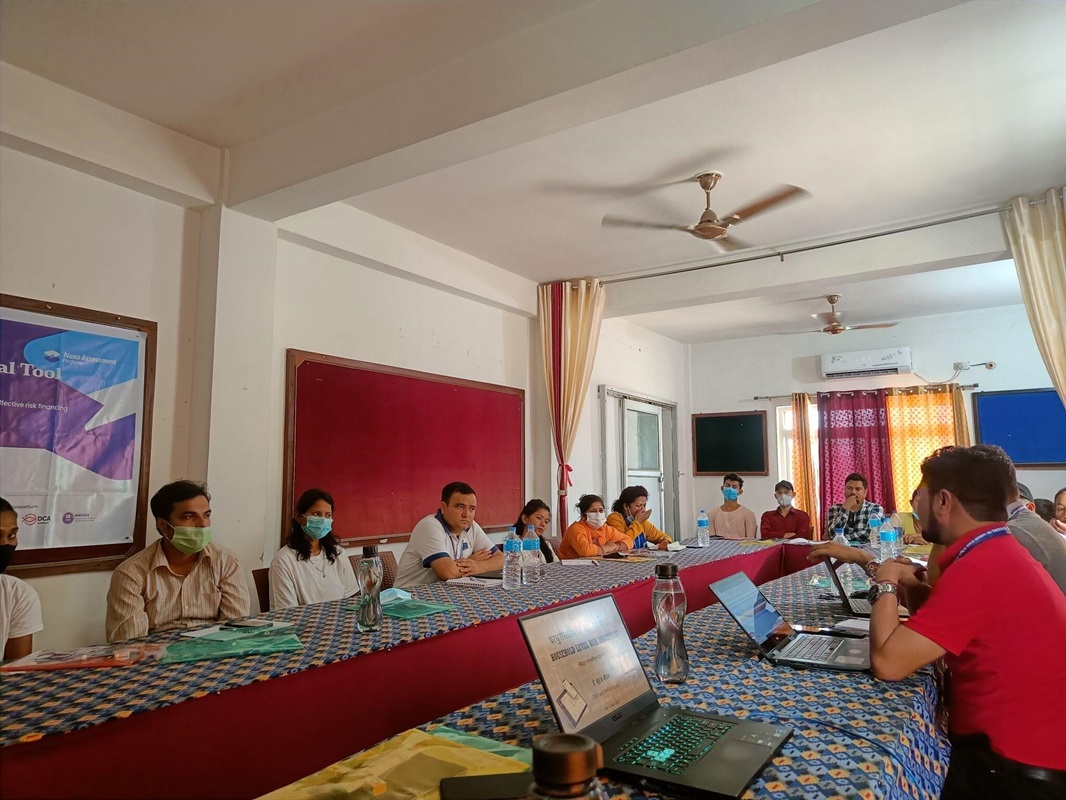
DASTAA leads in disaster preparedness research through risk assessments, and advanced modeling. If you're passionate about shifting to disaster preparedness, join our research efforts.
- Learn More
We value partnerships in enhancing disaster preparedness. If you're interested in collaborating on life-saving initiatives, let's connect.
Learn MoreSupport DASTAA's critical projects like household-level risk profiling and early warning systems that can empower vulnerable communities and save lives. Contribute to our disaster risk reduction efforts today.
Learn MoreHave questions about DASTAA's data-driven disaster preparedness work? Whether it's about our risk visualization tools or community engagement strategies, we're here to help. Contact us for any information you need.
Learn More

